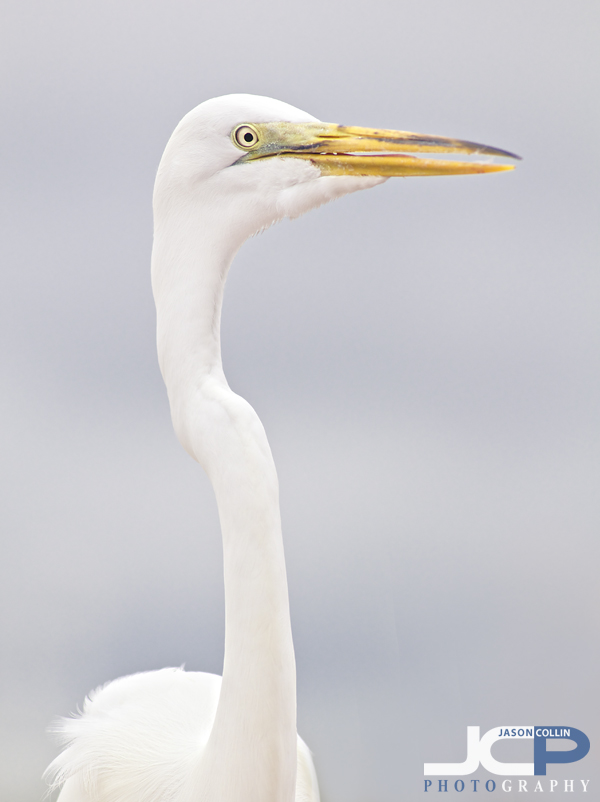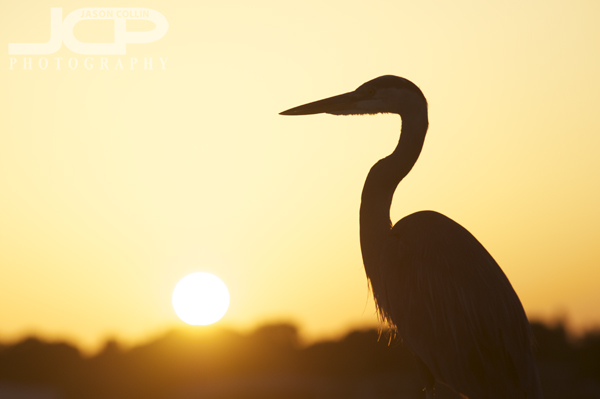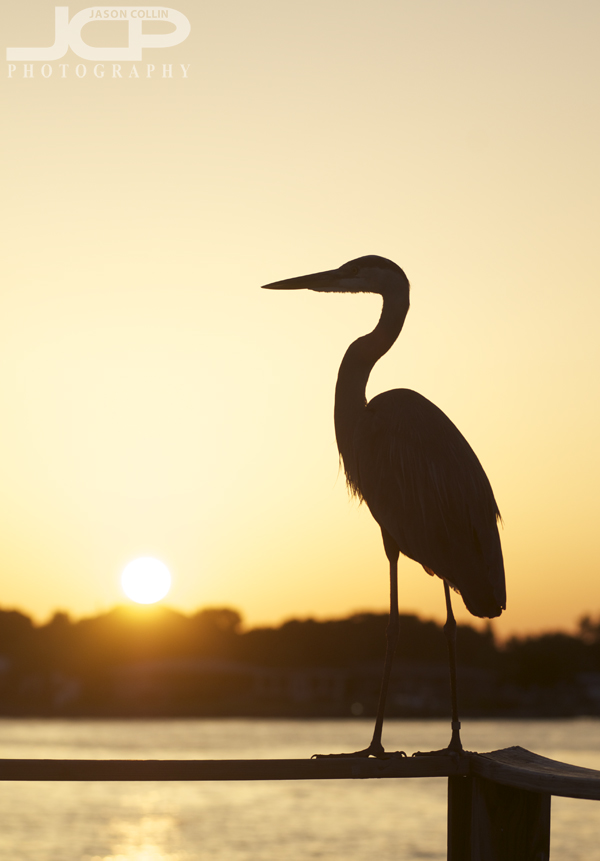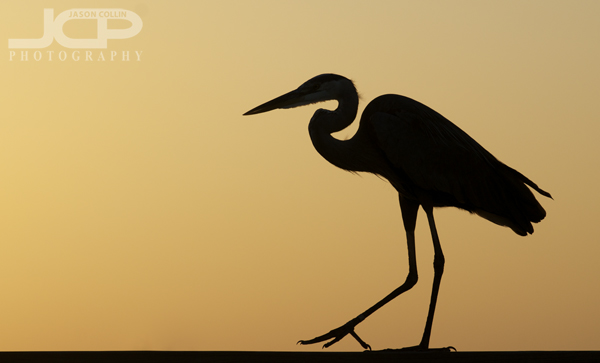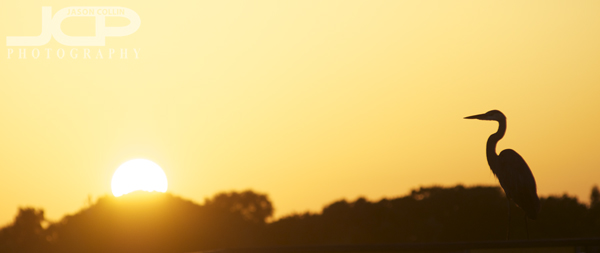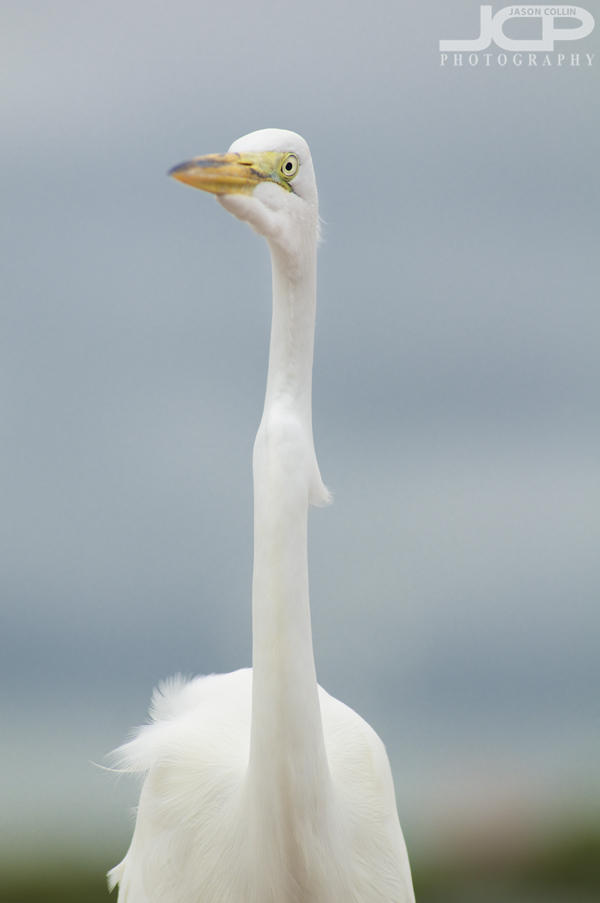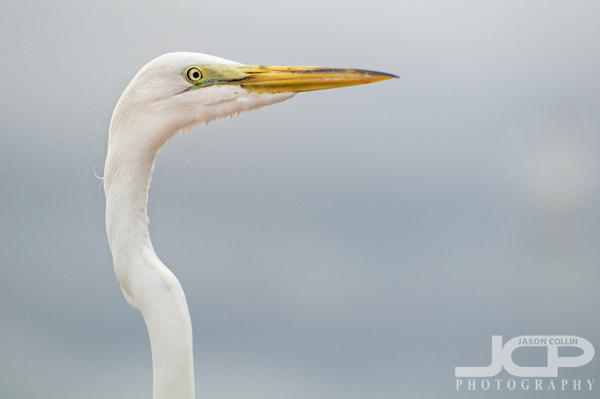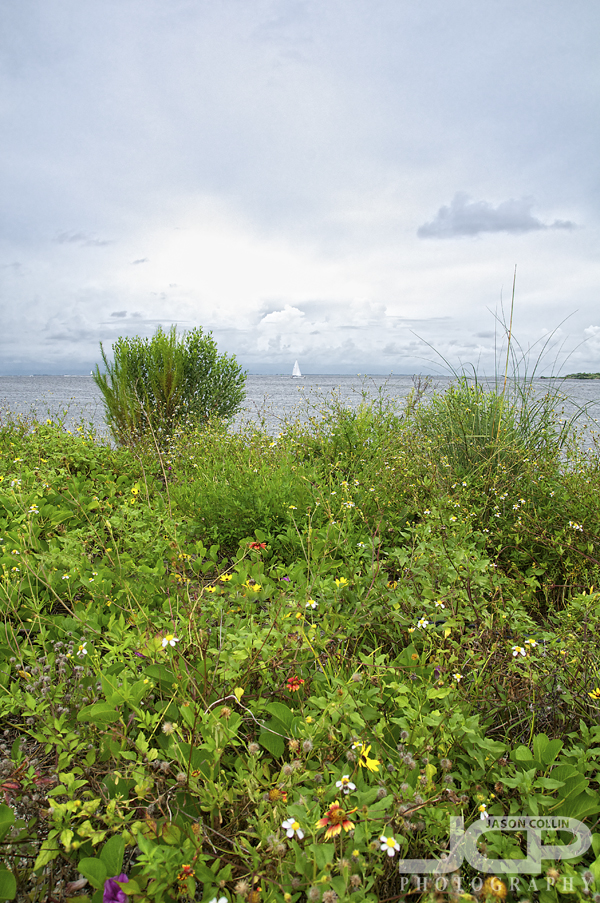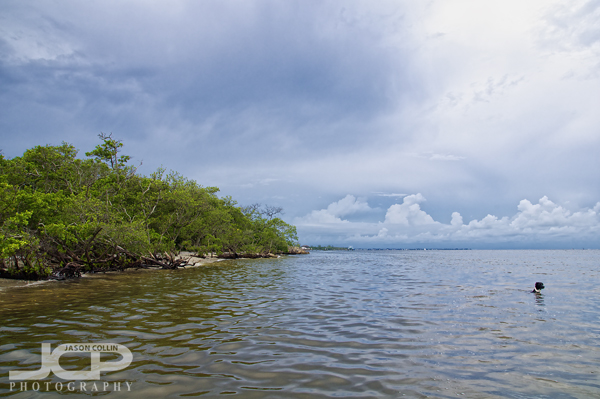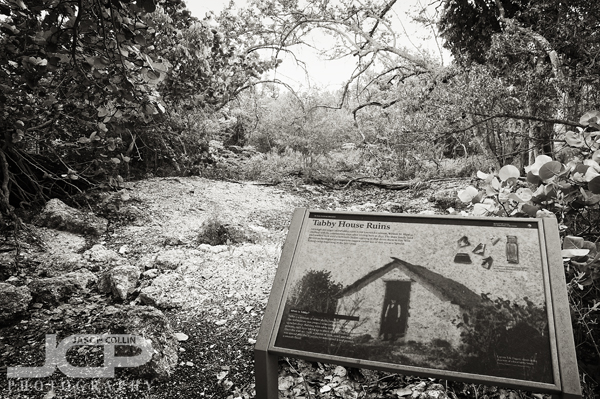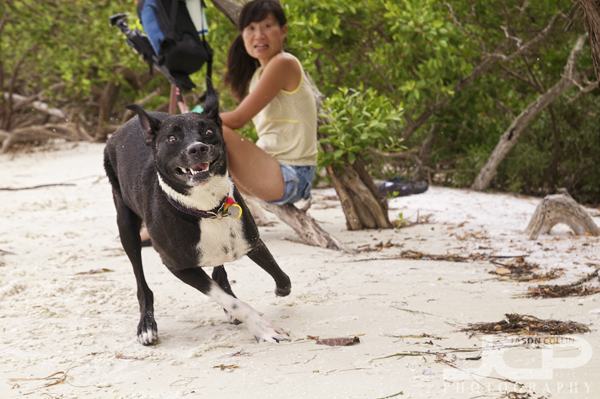 Cosmos of Tachikawa Japan with bokeh - my personal favorite flower photo~These photographs are some of my own early DSLR photography work. All were taken with the Nikkor AF 50mm f/1.8D lens (save the portrait). At this time I did not exactly know what I was doing all the time. I was still stunned by the bokeh produced by the 50mm prime.
Cosmos of Tachikawa Japan with bokeh - my personal favorite flower photo~These photographs are some of my own early DSLR photography work. All were taken with the Nikkor AF 50mm f/1.8D lens (save the portrait). At this time I did not exactly know what I was doing all the time. I was still stunned by the bokeh produced by the 50mm prime.
This selected collection of cosmos flowers were all made on the same afternoon at a place called "Cosmos Hill" in a park in Tachikawa, Japan. The above photo is available as an iPhone wallpaper. Since it was my first time out really with the sole purpose of photographing flowers with my first DSLR, I remember it clearly. I was most certainly not the only one with the idea to go photograph these cosmos as there was a veritable line of photographers, like paparazzi at the Oscars, all photographing them too. It was also one of my first times to really use my new 50mm f/1.8D lens. I was not getting great results with my Nikkor 18-200mm f/3.5-5.6 (it was soon sold!) so after I put on the 50mm, it stayed on the rest of the afternoon.
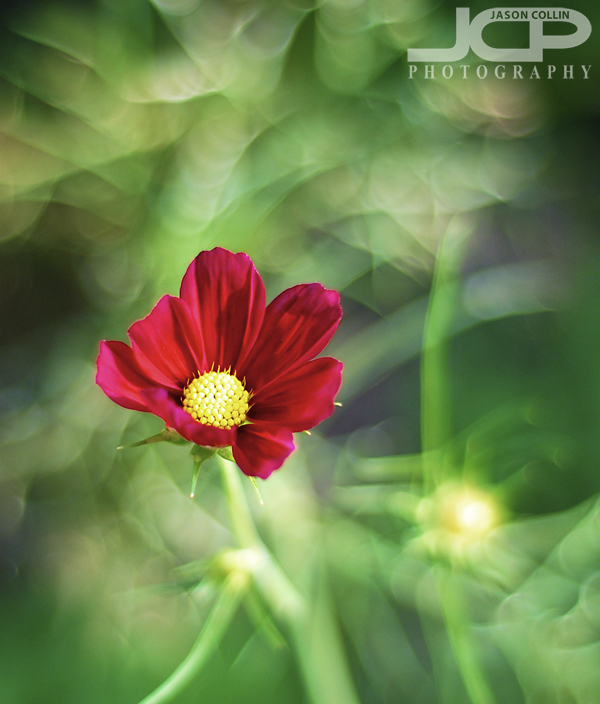 red cosmos blooming in Tachikawa Japan - Nikon D80 Nikkor AF 50mm f/1.8D @ f/1.8 ISO 200 1/1,250th -0.33 EVI did not really know any better at the time to not shoot wide open (largest aperture) at f/1.8 so as to produce sharper images. I was still just in the process of teaching myself how to become a more serious photographer. I was still dazzled anytime I made a shot with bokeh in it, and the 50mm @ f/1.8 produces tons of bokeh. When I went home to look at the shots they seemed unreal to me, which in fact, they are. This is also what I think makes a photograph a photograph, showing something that cannot be seen at standing eye-level. The human eye cannot see bokeh, therefore making a photograph with bokeh will tend to interest one's eye more.
red cosmos blooming in Tachikawa Japan - Nikon D80 Nikkor AF 50mm f/1.8D @ f/1.8 ISO 200 1/1,250th -0.33 EVI did not really know any better at the time to not shoot wide open (largest aperture) at f/1.8 so as to produce sharper images. I was still just in the process of teaching myself how to become a more serious photographer. I was still dazzled anytime I made a shot with bokeh in it, and the 50mm @ f/1.8 produces tons of bokeh. When I went home to look at the shots they seemed unreal to me, which in fact, they are. This is also what I think makes a photograph a photograph, showing something that cannot be seen at standing eye-level. The human eye cannot see bokeh, therefore making a photograph with bokeh will tend to interest one's eye more.
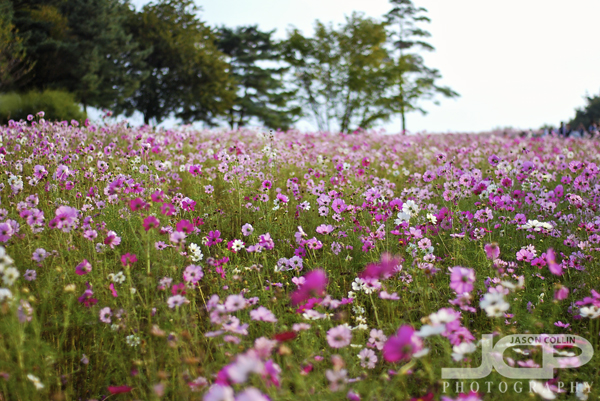 Cosmos Hill Tachikawa Japan - Nikon D80 Nikkor AF 50mm f/1.8D @ f/2 ISO 200 1/4,000th -0.33 EVI even used the 50mm lens to make landscapes at a large aperture. At the time this may have been more of a happy accident (see above) than a previsualized shallow DoF sea of flowers shot. Such is the way things go when teaching oneself photography. Mistakes still teach me to this day new things about photography, since I did not intend to do them, the results are sometimes pleasantly surprising and the next time I make sure to do it on purpose!
Cosmos Hill Tachikawa Japan - Nikon D80 Nikkor AF 50mm f/1.8D @ f/2 ISO 200 1/4,000th -0.33 EVI even used the 50mm lens to make landscapes at a large aperture. At the time this may have been more of a happy accident (see above) than a previsualized shallow DoF sea of flowers shot. Such is the way things go when teaching oneself photography. Mistakes still teach me to this day new things about photography, since I did not intend to do them, the results are sometimes pleasantly surprising and the next time I make sure to do it on purpose!
 Yours truly, circa October 2008 in Tachikawa, Japan in front of Cosmos HillI have included the above portrait of me to show you how little things change for me over time, in this case 2.5+ years. I literally wore that exact same shirt today (coincidentally), and also the same sunglasses and watch. I am very loyal to my wardrobe and do not add, and certainly do not remove, items from it lightly.
Yours truly, circa October 2008 in Tachikawa, Japan in front of Cosmos HillI have included the above portrait of me to show you how little things change for me over time, in this case 2.5+ years. I literally wore that exact same shirt today (coincidentally), and also the same sunglasses and watch. I am very loyal to my wardrobe and do not add, and certainly do not remove, items from it lightly.
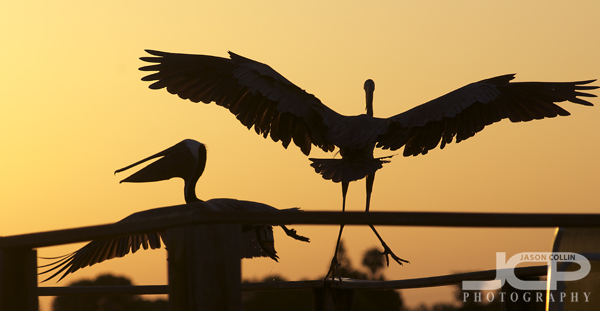 brown pelican vs great blue heron - f/5.6 ISO 200 1/1000th
brown pelican vs great blue heron - f/5.6 ISO 200 1/1000th
